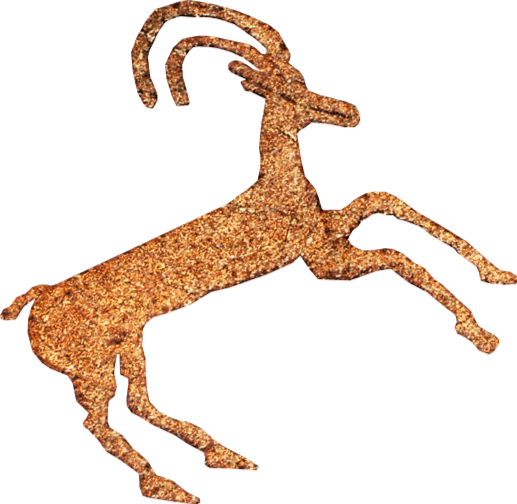Approach
Since 2017, this project has extended the use of multi-layered 3D Documentation technologies to sites with historically significant concentrations of petroglyphs and inscriptions in Khyber-Pakhtunkhwa (KPK) and Gilgit Baltistan (GB). In the project’s development phase, methods were tested and refined through field visits to Shatial in collaboration with the Directorate of Archaeology and Museums for Khyber-Pakhtunkhwa (DOAM-KP) and Hunza-Haldeikish and Alam Bridge near the confluence of the Upper Indus and Gilgit Rivers in GB. Under the authority of a No Objection Clearance granted by the GB Secretariat of Tourism to LUMS, the project team has focused its work in Chilas-Diamer District from 2021 (http://heritage360.pk/Diamer/Diamer.html). The research team applies techniques of depth imaging via Terrestrial Laser Scanning (TLS), 3D photogrammetry, and panoramic virtual-tours using cameras outfitted with fisheye lenses to collect and process image data in the flood zones of Diamer-Bhasha dam.
Our objectives are to:
1. Extend digital survey activities upriver to previously undocumented areas
2. Extend digital survey activities upriver to previously undocumented areas
3. Apply advances in digital imaging and 3-D modeling to meet the urgent demand for cultural heritage preservation and enhance accessibility of research
4. Transform research knowledge through engagement with local communities
5. Provide resources for interpreting rock art and epigraphical data to understand exchanges between communities of local inhabitants and visitors in the Upper Indus and neighbouring regions
